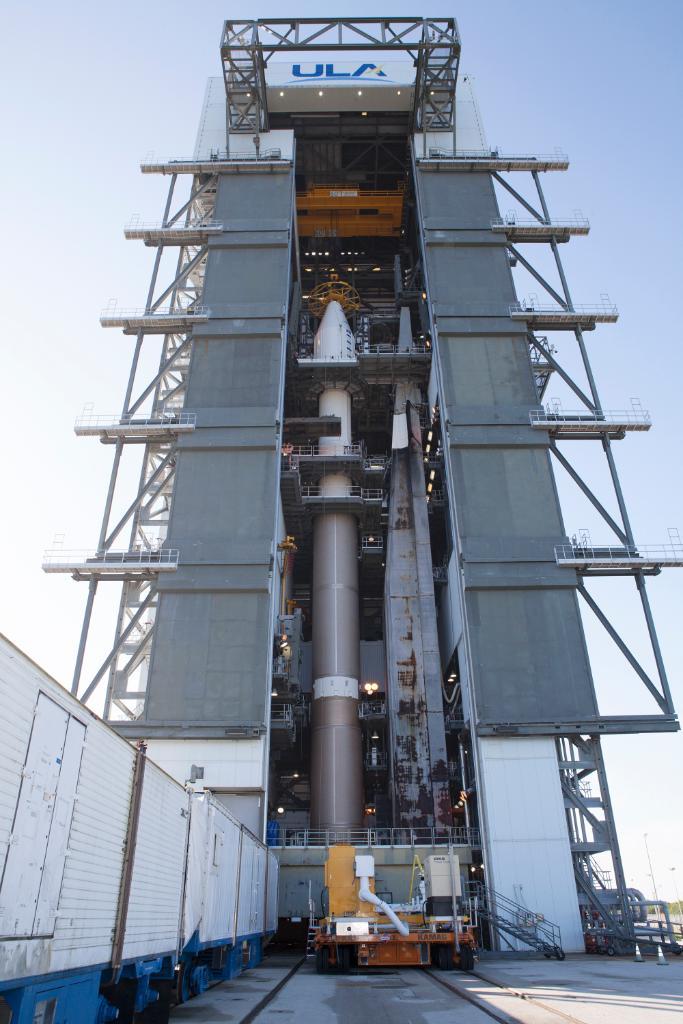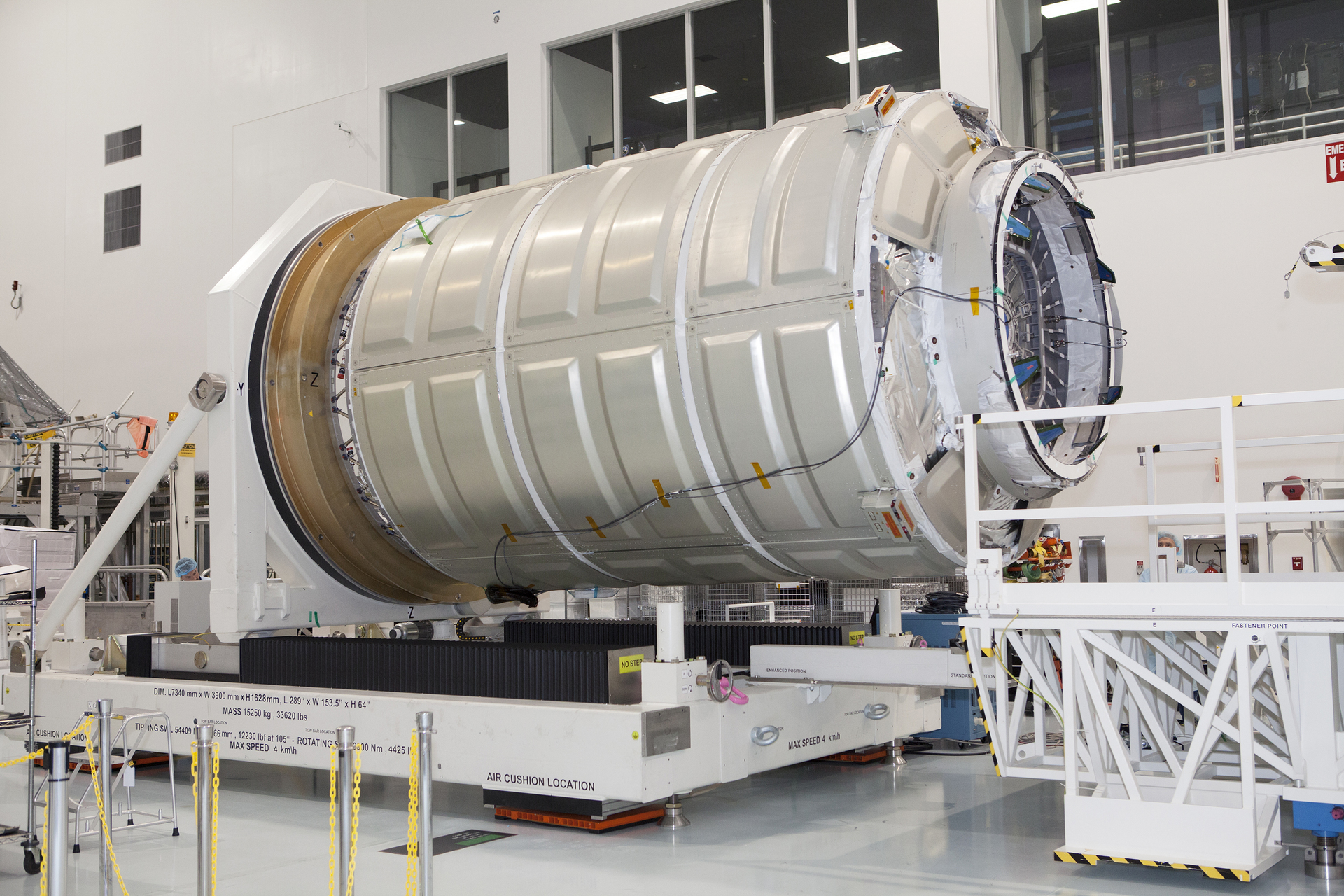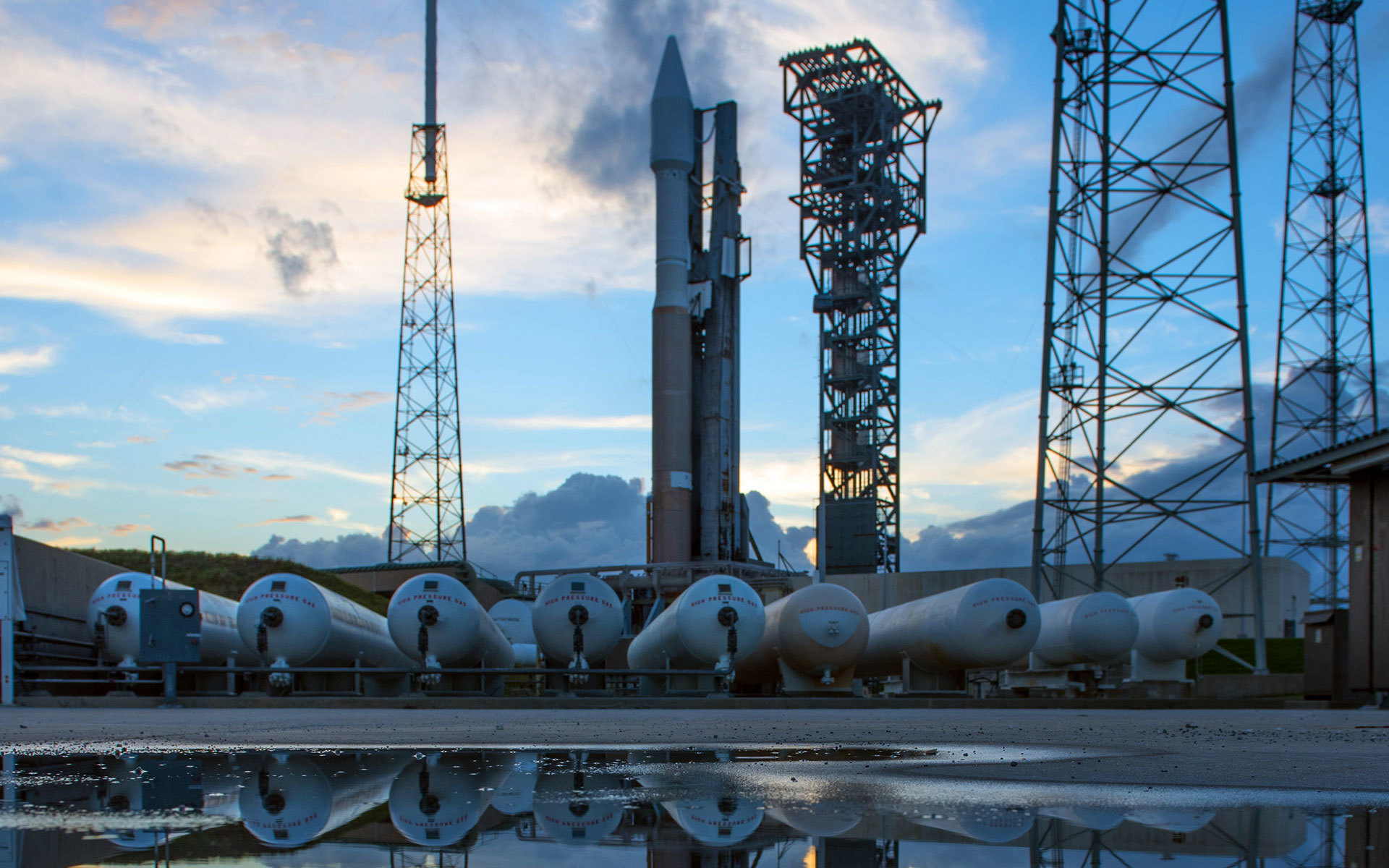[Start successful] Space Cygnus Orb-4 space vehicle launch to the ISS is scheduled for 01:55
 In a few hours, the launch of the Cygnus spacecraft will take place as part of the CRS Orb-4 mission to supply the International Space Station. An automatic truck will deliver 3.5 tons of food, equipment and scientific experiments to the ISS. This is the first launch of Cygnus after the failure last October, when the rocket was detonated a few seconds after separation from the Earth.
In a few hours, the launch of the Cygnus spacecraft will take place as part of the CRS Orb-4 mission to supply the International Space Station. An automatic truck will deliver 3.5 tons of food, equipment and scientific experiments to the ISS. This is the first launch of Cygnus after the failure last October, when the rocket was detonated a few seconds after separation from the Earth.The Cygnus spacecraft is produced by the Orbital ATK aerospace company. This time, the “Signus” was launched for the first time by an Atlas V rocket. In January and July 2014, Cygnus trucks were put into orbit using Antares rockets. The first stage of the hundredth series of these rockets is driven by the Aerojet AJ26-62 engines, which were certified and inspected by the NK-33, the engines of the rocket of the Soviet lunar program.
But on October 29, 2014, when an attempt was made to launch another rocket to supply the ISS, the rocket exploded . It became clear to the operator that she would not deliver the cargo, and it was controlled in a controlled manner. It is believed that the cause of the problem was either a foreign object in the engine, or an explosion in the turbine pump of liquid oxygen. In any case, the two hundredth Antares series of rockets with the first-stage RD-181 engines from the Russian Energomash will be ready no earlier than next year. Therefore, this Cygnus will be launched into orbit by the United Launch Alliance Atlas V rocket.
During this year, there were two other space accidents. In April, I was unable to deliver the cargo for the ISS Progress M-27M - the relatively new rocket Soyuz 2.1a was to blame. In June, in the third minute, the Falcon 9 rocket exploded , carrying a Dragon truck. The Progress series of ships has managed to rehabilitate itself with a successful launch of Progress M-28M. Now it's Cygnus's turn.
')
The ship lost last year bore the name of Donald "Dick" Slayton, the astronaut of the Mercury program. The new Cygnus is named Deke Slayton II.

The sealed compartment of the ship Cygnus, NASA .
The cargo of the ship is the crew's support items (food, clothing, etc.), station equipment and parts, computer equipment, scientific experiments, and spacewalk equipment. The total weight of the load is 3513 kg. Among the interesting items you can highlight the augmented reality glasses Microsoft HoloLens . They should have been on the ISS in the summer, but the SpaceX CRS-7 flight mentioned above ended in failure.

Atlas V with a Cygnus truck sleeps at the launch complex, the United Launch Alliance .
There is a high probability that the launch will be postponed: the military estimate the chance of suitable weather conditions as just 60%. You can watch the launch broadcast on NASA TV . This will be a spectacular launch, as it will take place half an hour after the sunset in Florida. Startup time: December 4th at 01:55 pm Moscow time (2015-12-03 22:55 UTC).
If the launch really takes place, then the Atlas V rocket will detach from the surface of the Earth in a designated time period. After 21 minutes, the ship Cygnus separated from the second stage of the "Centaur", an hour after the start, two round UltraFlex solar panels will unfold. For two days, the truck will produce orbital maneuvers to get closer to the ISS. Then he will be caught by a robotic manipulator and docked to the Unity module. Two months the ship will unload and fill with debris, and then zip it. The ship will burn over a given square of the Pacific Ocean.

NASA .
The loss of another ship threatens to hit the logistics of the station, which has already been weakened by three unsuccessful launches of space trucks. ISS is completely dependent on the supply from Earth. For example, if all future supply attempts fail, then stocks will last at best until April 12th.
Photo CRS Orb-4, NASA .
Updated 2015-12-04 01:40: The forecast of good weather conditions has been lowered to 30%. Then the probability to break the factors of a successful launch increased from 70 to 90%. On the cameras drop. The starting window is only half an hour long. The countdown has stopped. The rocket is filled and waiting.
Updated 2015-12-04 01:48: The launch time is scheduled for 02:03. The only problem is the pessimistic weather forecast.
Updated 2015-12-04 01:55: Start time shifted by another seven minutes to 02:10.
Updated 2015-12-04 02:10: Today's launch window has reached the end. New desired start time: 02:25.
Updated 2015-12-04 02:18: The weather is too bad, the start is postponed for a day. New launch time: 2015-12-05 01:33 Moscow time. This is the beginning of a new half-hour launch window. The probability of successful weather conditions is low: 30%.
Updated 2015-12-05 02:07: The wind prevented the launch this time. After a few minutes of waiting and shifting at the end of the start window, the countdown even began, but it had to be interrupted again. The next possible start date is still unknown , it will be determined.
Updated 2015-12-05 02:15: A new half-hour launch window opens on December 6 at 01:10 Moscow time. The chance of successful weather conditions is 30%. The rocket and the ship continue to spend the night on the launch pad.
Updated 2015-12-07 02:25: The ship was launched to the ISS .
Source: https://habr.com/ru/post/367207/
All Articles